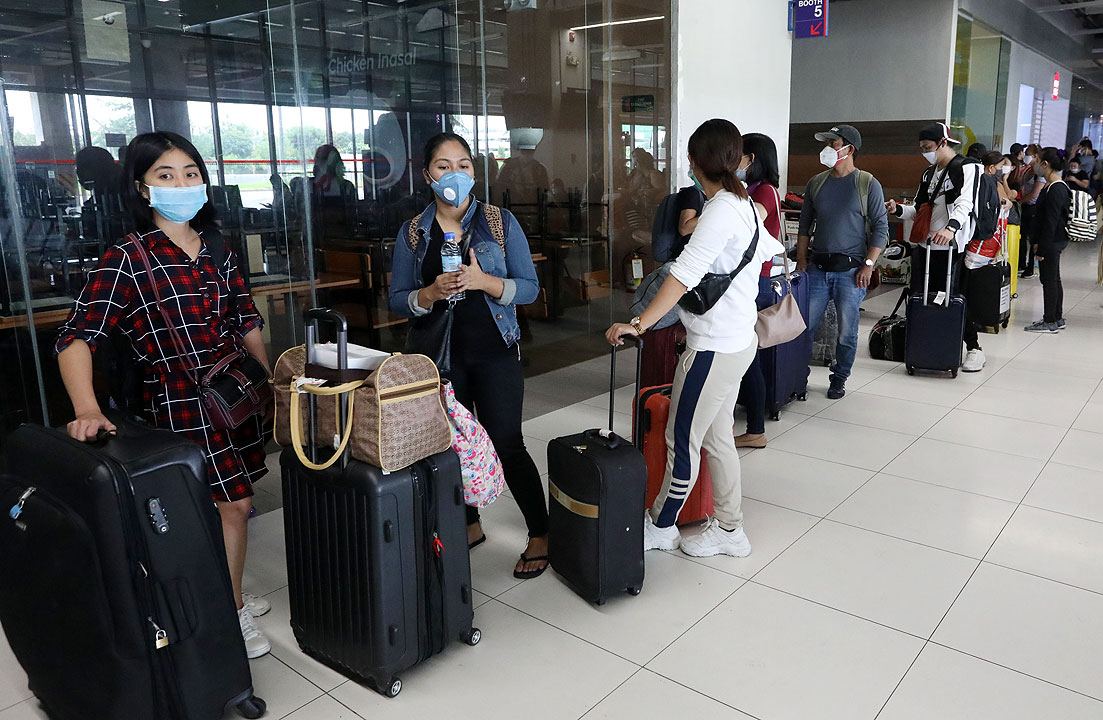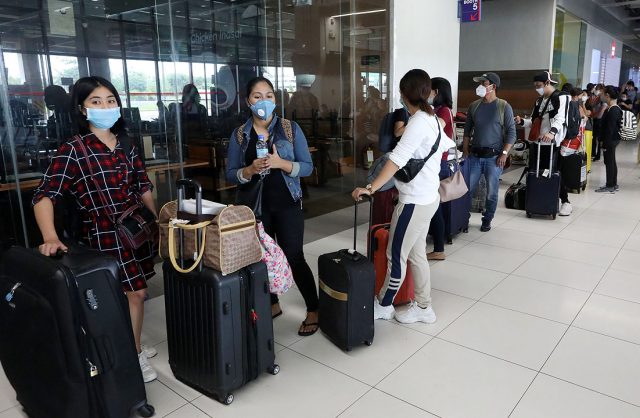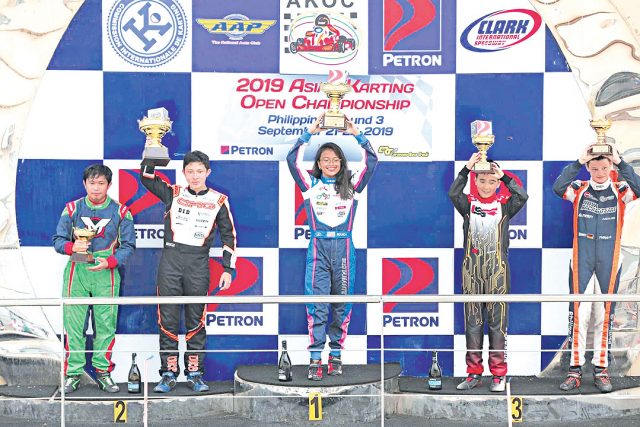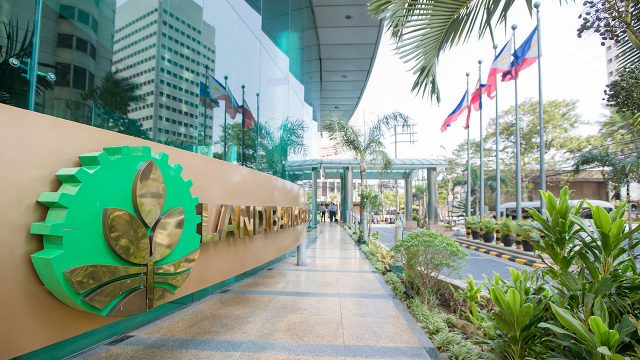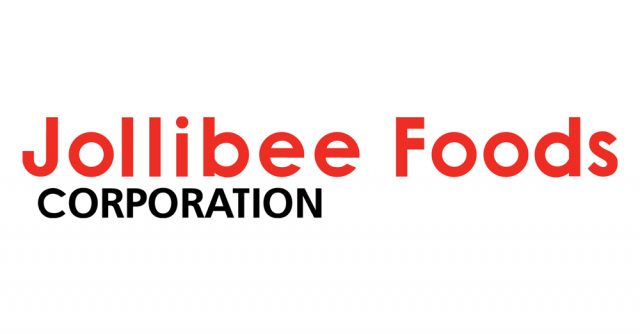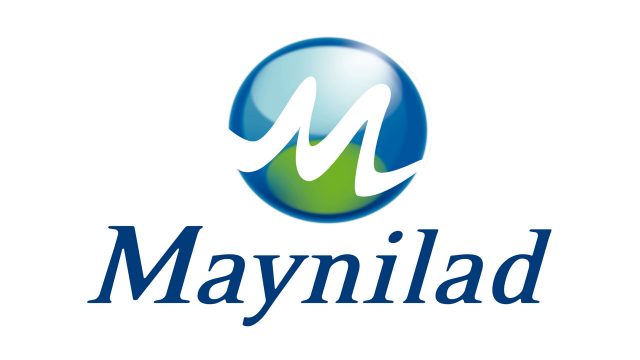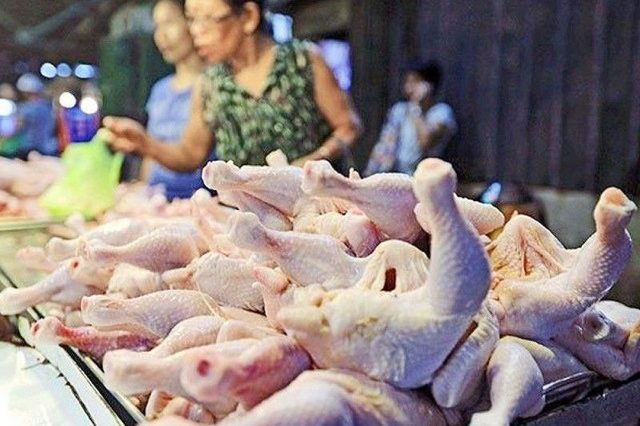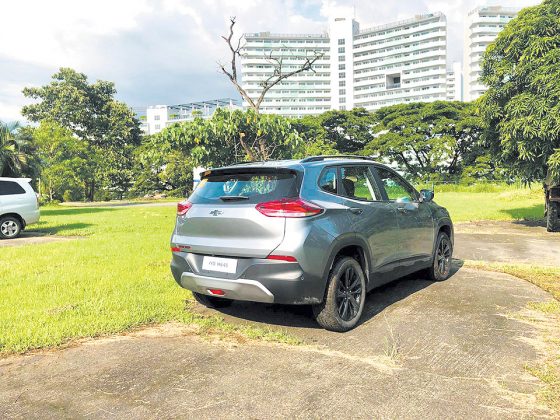Testing Chevrolet’s sharp-looking new compact SUV
IT’S BEEN some time since a Chevrolet has been top of mind in the small crossover realm. The Captiva is long gone, having come ahead of the now-common compact seven-seater crossovers (and was one of the rare models available with either a gasoline or diesel engine). The smaller Trax followed, and while that model sold reasonably well, it was never a top three player — a solid and delightfully quick performer that was sadly overlooked by the market too focused only on the leading players.
Which is why Chevrolet had to roll out something decidedly more compelling to grab attention in a segment that’s fast becoming oversaturated.
That “something” is the all-new Tracker.
And, to put it all in a nutshell, the Tracker has all the right ingredients — looks, space, build quality, performance — it needs to carve a big bite out of the compact crossover pie. Chevy’s new contender combines versatile functionality, head-turning styling, intelligent connectivity, advanced turbocharged small-displacement engine technology, luxury car safety features, and smart cargo space.
The Tracker may be an all-new vehicle, but in terms of being a Chevrolet model nameplate, it’s not. The Bowtie brand has used the Tracker name before when it marketed the first-generation Suzuki Vitara in America as the Chevrolet Tracker in the late ’80s through the ’90s. Curiously, the Tracker name was also used for the Trax in South America and Russia when it was launched there in 2013.
Spec for spec, though, the new Tracker blows its predecessors away. Chevy’s new baby is the latest model in the Bowtie brand’s new-generation, global SUV lineup and has quickly become the best-selling vehicle in major Latin American markets, including Brazil, Mexico, and Argentina. It is currently making waves in China (where the Philippine model comes from), one of the biggest markets not just for Chevrolet, but for many global brands. So, yes, the new model has tasted success in markets much bigger than ours and is eager to repeat the experience in crossover-crazy Philippines.
The Tracker comes in two variants: the base Tracker LS priced at P1,142,888 and my striking Tracker LT Redline Edition test unit which is stickered at P1,242,888. There’s a special introductory discount of P30,000 on both the Tracker LS and LT until Sept. 30.
The most impressive part is that the two Tracker variants are priced lower than the two outgoing Trax variants — despite the Tracker being bigger in length, width, and the all-important wheelbase.
Style-wise, the new Tracker draws from Chevrolet’s sporty American DNA you’d see in their cars — from the Camaro’s front to the US-model Blazer SUV’s sharp, angular lines, sculpted panels, and distinctive rising windowline. L-shaped LED daytime running lights, which double as turn signals, further enhance the Tracker’s striking fascia.
The Tracker Redline Edition adds even more distinctiveness with a striking horizontal red trim and a black Chevy Bowtie emblem. This design element continues on the car’s black heated side mirrors, which have a bright L-shaped red trim, and on the 17-inch black alloy rims, which sport eye-catching red accents.
Similar styling treatment is carried throughout the well-crafted minimalist interior of the Redline Edition with an all-black dual cockpit and very supportive black seats adorned with red double stitching. The Tracker LS, on the other hand, offers a more playful, sporty lifestyle look and feel, with its two-toned black-and-blue interior. And don’t let the Tracker’s compact exterior size fool you; the cabin is surprisingly generous in head-, elbow-, and legroom.
The Tracker boasts sporty bucket-type front seats and a racy flat-bottom leather steering wheel with audio controls. Exclusive to the Tracker Redline Edition is a panoramic sunroof, smart keyless entry, push-button engine start/stop, and automatic climate control. Infotainment comes from a floating eight-inch touchscreen running on the latest Chevrolet MyLink infotainment system with Bluetooth, Apple CarPlay, and voice control via Siri. There are four USB ports and even an SD card reader slot. The Tracker has more than 20 smart storage solutions to keep things organized inside the cabin, as well as multiple seating configurations including 60/40 split-folding rear seats. That’s an impressive combination of toys and versatility.
The Tracker is powered by a compact, lightweight, new-generation turbocharged 1.0-liter three-cylinder DOHC Ecotec engine (mated to a six-speed automatic) that delivers 116hp at 5,800rpm and 175Nm of torque at a wide spread from 1,500 to 4,200rpm. Those who might dismiss a 1.0-liter engine better not be in another car facing off with a Tracker at a stoplight drag race. They will be sorely embarrassed. Turbocharging is the automotive steroid that will enable the Tracker to make mincemeat of any non-turbo 1.5- or 1.6-liter-powered car. It really feels so quick and torquey. But just as much as the energetic engine, I appreciated the Tracker’s brilliant combination of a supple ride and responsive handling.
On the safety front, the Tracker boasts a very extensive array that reads like a luxury car’s: four-wheel disc brakes, ABS, Electronic Stability Control (ESC), Emergency Brake Warning, Rollover Mitigation, Enhanced Understeer Control, Mini Spare Detection, Cornering Brake Control (CBC), Traction Control System (TCS), Engine Drag Control (EDC), Panic Brake Assist (PBA), Hill Start Assist (HSA), Low Vacuum Brake Assist (LVBA), No Vacuum Brake Assist (NVBA), Fading Brake Assist (FBA), Torque Vectoring Brakes (TVBB), Engine Immobilizer, Anti-theft Alert System, Express-Up Window with Anti-Pinch function, Tire Pressure Monitoring System (TPMS), driver, front passenger, and side air bags, Isofix system, electric heated side mirrors, and reverse camera with a wide 130-degree viewing angle.
The Tracker comes in five eye-catching colors: Agate Red Metallic, the elegant yet sporty Satin Steel Gray Metallic of my test unit, Black Meet Kettle Metallic, Summit White, and cheekily named Pow Zinga Metallic (a color exclusive to the LS variant). It also comes with the Chevrolet Complete Care package, which includes a five-year warranty, automatic enrollment to the 24/7 Chevrolet Roadside Assistance for three years, and immediate access to the 24/7 Chevy Hotline for convenient vehicle service and ownership needs.
All things considered, the Tracker should handily vault itself to the top of the compact crossover race. It looks great, has superb build quality and cabin space, and is an absolute ball to drive. And it’s priced right. If that’s not a winner in your book, I don’t know what is.
